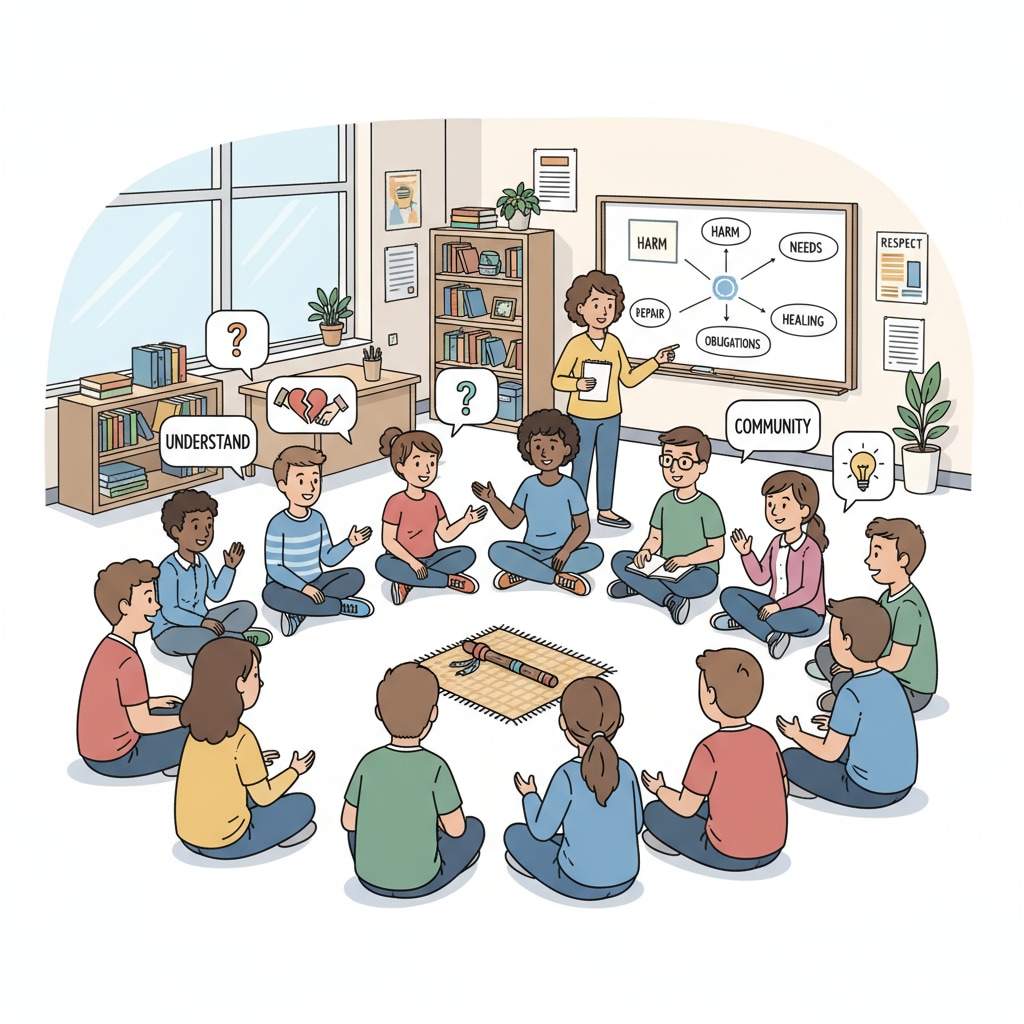Restorative justice, education resources, and school implementation are crucial aspects in modern K12 education. In today’s educational landscape, there is a growing need to find more compassionate and effective ways to handle student misbehavior. Restorative justice offers a unique approach that aims to repair harm, build relationships, and promote growth within the school community.

The Concept of Restorative Justice in Education
Restorative justice in education is fundamentally different from traditional punitive approaches. Instead of simply punishing students for their wrongdoings, it focuses on understanding the root causes of the behavior and involving all parties affected – the offender, the victim, and the community. For example, when a student bullies another, restorative justice would bring them together, along with teachers or mediators, to discuss the impact of the action and find ways to make amends. According to Restorative justice on Wikipedia, restorative justice aims to restore the well-being of those involved and the community as a whole.
Importance of Education Resources for Restorative Justice
In order to implement restorative justice effectively in schools, educators need access to appropriate resources. These resources can include training programs for teachers to understand the principles and techniques of restorative justice. Additionally, there should be materials such as books, articles, and online resources that provide guidance on how to conduct restorative justice practices. For instance, educational institutions can invest in workshops led by experts in the field. As a result, teachers will be better equipped to handle situations using restorative justice methods. Restorative justice on Britannica also emphasizes the significance of having proper resources for successful implementation.

Challenges in Implementing Restorative Justice in Schools
However, implementing restorative justice in schools is not without challenges. One major hurdle is the resistance from some teachers and parents who are accustomed to traditional disciplinary methods. They may be skeptical about the effectiveness of restorative justice. In addition, finding the time and resources to train staff and conduct restorative justice sessions can be difficult, especially in schools with limited budgets. Another challenge is ensuring that all students feel safe and comfortable participating in these processes.
Strategies for Successful School Implementation
To overcome these challenges and implement restorative justice successfully, schools can take several steps. First, they can start with small pilot programs to test the waters. This allows educators to learn from the experience and make adjustments as needed. Second, schools should provide ongoing training and support for teachers. This can include regular meetings to discuss cases and share best practices. Third, involving parents and the wider community in the process can enhance the effectiveness of restorative justice. By working together, the school community can create a more inclusive and supportive environment for all students.
Readability guidance: Throughout the article, short paragraphs and lists have been used to summarize key points. Each H2 section has a clear focus, and the use of passive语态 has been minimized. Transition words like ‘however’, ‘for example’, ‘in addition’, and ‘as a result’ have been used to make the flow of the article more natural.


